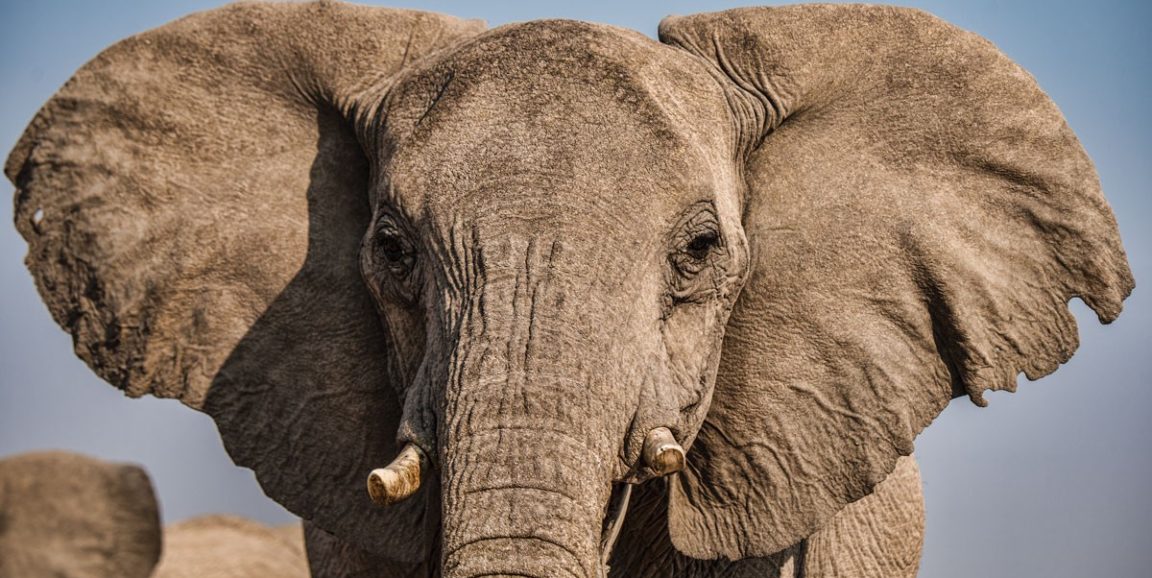Listening in on others' conversations generally isn't polite, but if you're Caitlin O'Connell-Rodwell, PhD, eavesdropping isn't rude -- it's research. O'Connell-Rodwell, an adjunct professor in Stanford Medicine's Department of Otolaryngology-Head and Neck Surgery, investigates hearing (and what happens when it goes awry) by eavesdropping on the vocalizations and vibrations that elephants make when they communicate.
Mice are the animal models of choice for many researchers, but O'Connell-Rodwell has found that if you want to study human hearing, elephants are the way to go. The frequencies detected by human ears are more similar to those heard by elephants than that of mice (see audiogram here), which is why O'Connell-Rodwell studies elephants to investigate vibrations and in communication in large mammals.
To learn more about this research, Stanford writer Melinda Sacks flew nearly halfway around the world to become a volunteer researcher on O'Connell-Rodwell's team. She chronicles her experience in a recent Stanford Magazine story:
The tiny trunk is about the thickness of my index finger, dark gray with a tinge of pink around the tip. It is as inquisitive as it is tentative, stretching toward us as we lean back to avoid direct contact. We hold our breaths, suppressing squeals of delight, as the brand-new baby elephant tries to touch us through the viewing 'window' of the concrete bunker where we are hiding.
Every summer for nearly a quarter of a century, O'Connell-Rodwell has made Mushara, a remote region on the eastern edge of Namibia's Etosha National Park, her home. During this time, she's made some incredible discoveries, as Sacks explains:
O'Connell-Rodwell was the first to discover the way elephants communicate through vibrations in the ground. She also showed that elephants 'listen' to these vibrations with either special sensors in their feet and at the tips of their trunks or through bone conduction.
The research team captures elephant vocalizations and vibrations -- a form of elephant communication that includes vocal rumbles, trumpets, ear flapping, trunk gestures, body position and body stance -- via highly sensitive microphones hidden in rock piles near their water holes.
Much of O'Connell-Rodwell's research focuses on elephant communication and how it can inform our knowledge of hearing, hearing loss and deafness, but there are many reasons to learn about and protect elephants.
"No matter where you come from, spiritually or socioeconomically, there is some sense of pride that you share this earth with these creatures," O'Connell-Rodwell answered when Sacks asked her why people should care about African wildlife. "We can save it or destroy it. It's in our power. It shouldn't be, but it is."
The entire piece is worth a read.
Photography by O'Connell & Rodwell




